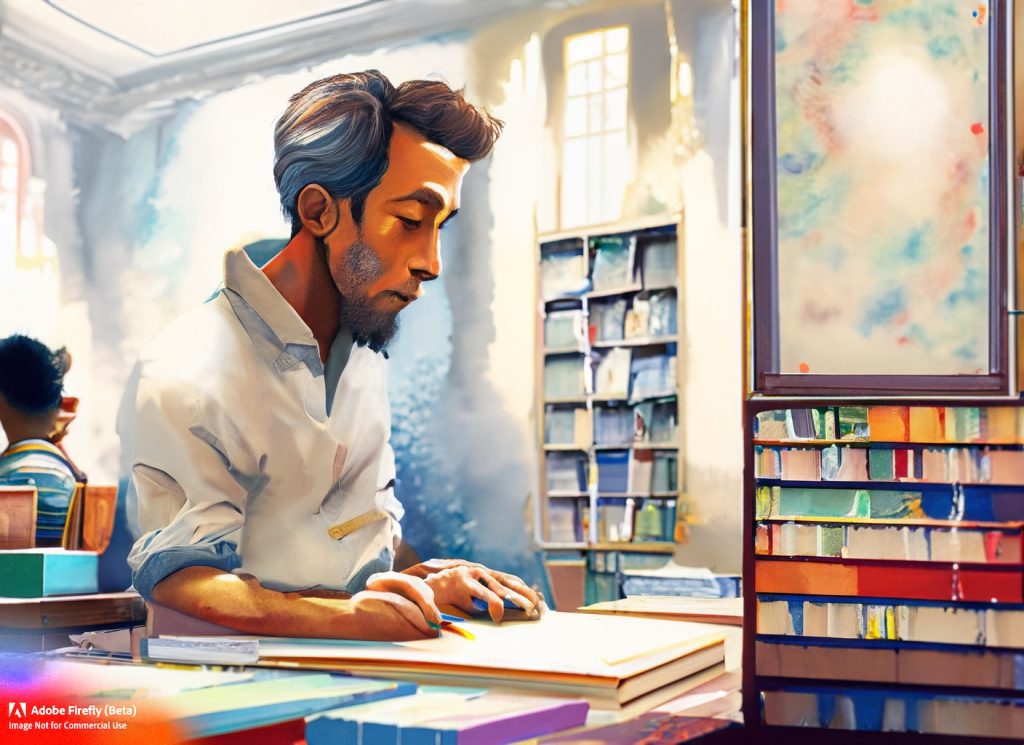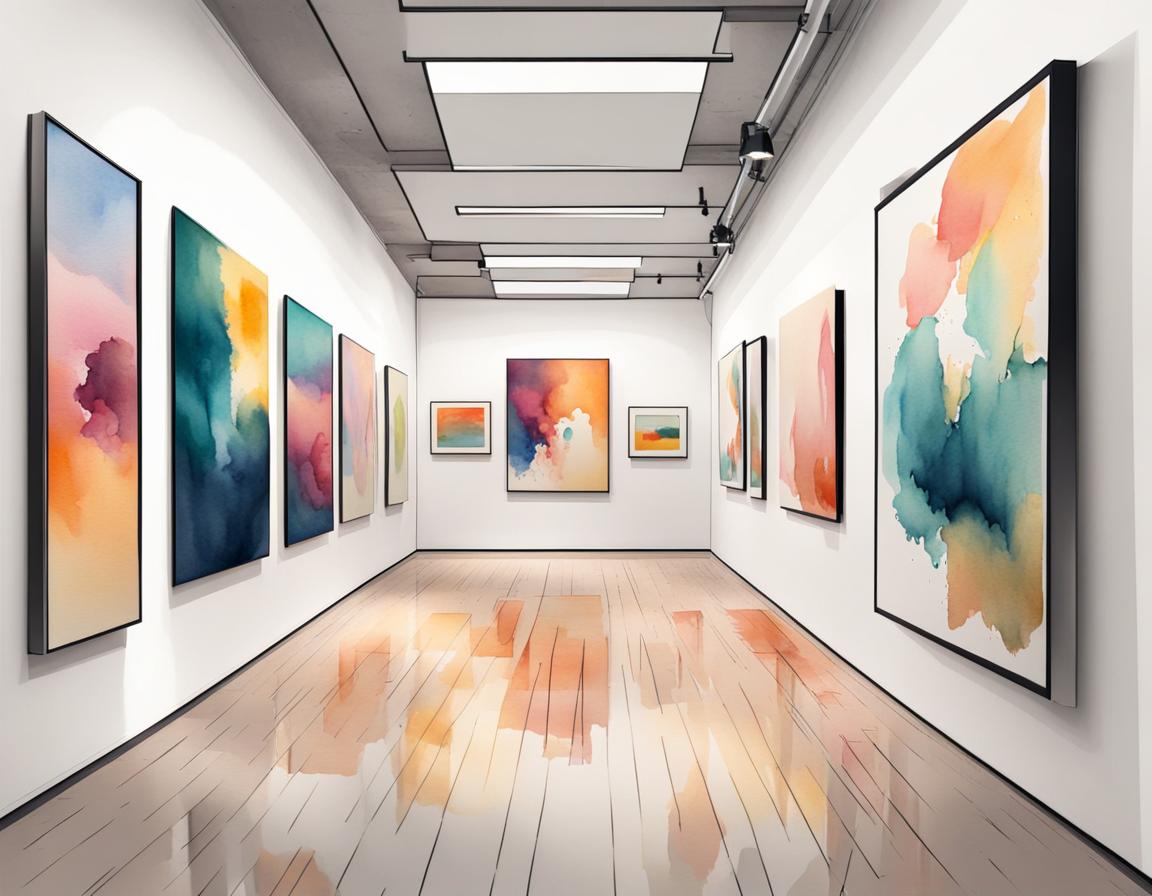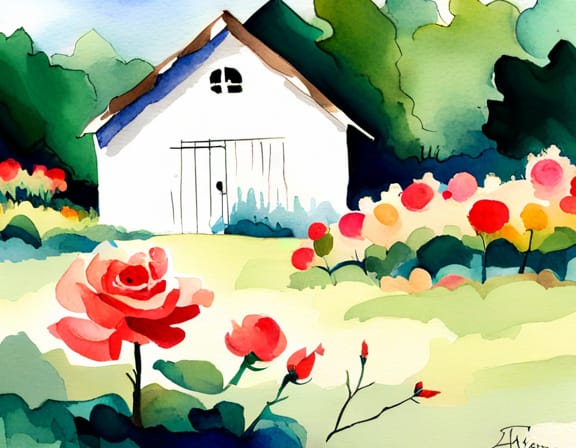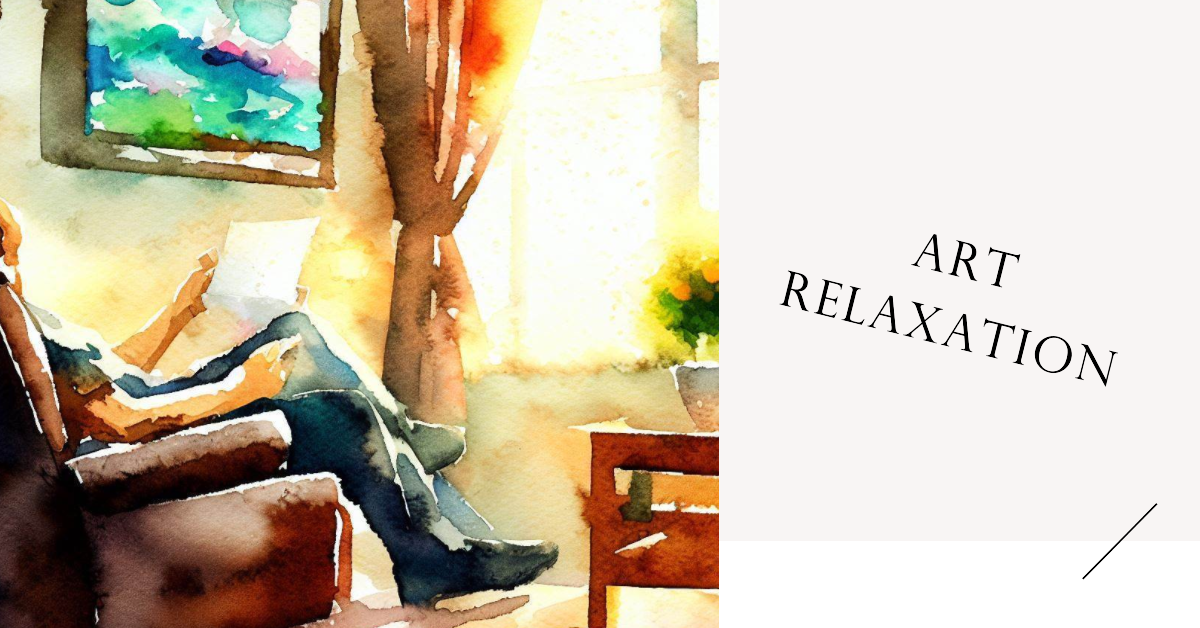
Watercolor painting is a painting method in which the paints are made of pigments suspended in a water-based solution. Watercolor paint is an ancient form of painting, and it is known for its inherent delicacy and subtlety because it is all about thin washes and transparent color.
Oxford Dictionary Definition of Watercolor Painting
Oxford Dictionary
Artists’ paint made with a water-soluble binder such as gum arabic, and thinned with water rather than oil, giving a transparent colour.
A picture painted with watercolours.
The art of painting with watercolours, especially using a technique of producing paler colours by diluting rather than by adding white.
Here are some key points about watercolor painting:
- Watercolor paint consists of pigments suspended in a water-based solution.
- Watercolor paintings are known for their inherent delicacy and subtlety because they are all about thin washes and transparent color.
- Watercolor artists traditionally work on paper, though the tooth of the surface can vary greatly.
- Watercolor paintings often occur almost by accident rather than on purpose, as watercolorists use techniques like washes, working wet in wet and wet on dry, lifting out and masking out for highlights, and dozens of other techniques to achieve textural effects.
- Watercolor paint is a translucent art medium that dissolves when you add water, allowing the pigment to spread with a brush.
- Watercolor paintings can be made opaque with the addition of Chinese white.
- Watercolor paintings are created by using watercolor as a medium.
- Watercolor is distinguished by the diversity of its strokes and the many ways that the dry and wet paint can be manipulated to form a broad array of effects.
What are the advantages and disadvantages of using watercolor paint?
Advantages of using watercolor paint:
- Watercolor is a translucent art medium that allows the pigment to spread with a brush.
- Watercolor paints are purchased in several different formats, including trays with an assortment of small cakes and liquid watercolor tubes.
- Watercolors dry quickly, which can be an advantage for some artists who need to make quick decisions.
- Watercolor is very different from other paint mediums like acrylic, oil, and gouache, which require different techniques.
- Watercolor is versatile and works well with pastels, pen and ink, and other water-based paint.
Disadvantages of using watercolor paint:
- Watercolors can be unforgiving at times and mistakes permanently render on the paper.
- Watercolor is a very messy medium.
- The paint material or support must absorb water, which limits the types of surfaces that can be used as a support.
- Certain types of paints, like opaque paints and inks, which can be used in other mediums, cannot be used in watercolor.
- The vibrancy and fluidity of liquid watercolors are more suitable for mixing larger amounts of paint than tray paints.
What are the characteristics of Watercolour painting?
Watercolor painting is a unique medium with several characteristics that set it apart from other types of painting. Here are some of the key characteristics of watercolor painting:
- Transparency and Opacity: Watercolor paint is admired for its transparency, which represents the ability of light to pass through the paint and reflect the back of the paper. Some watercolors may also have opacity, which means they are more opaque and less transparent.
- Staining and Non-Staining Paints: Some watercolors are staining, which means they soak into the paper and are difficult to lift once they dry. Non-staining paints, on the other hand, can be lifted more easily.
- Granulating Quality: Some watercolors have a granulating quality, which means that when they dry, the pigment settles into the paper in a way that creates a textured effect.
- Lightfastness and Permanence: The quality of lightfastness refers to how well a color will resist fading over time. Permanence refers to how well a color will hold up over time without changing or deteriorating.
- Mixing: Watercolor paints can be mixed together to create new colors and shades. The process of mixing can be unpredictable, but it can also lead to beautiful and unique results.
- Drying: Watercolor paint dries quickly, which can make it challenging for artists to make changes or corrections once the paint has been applied to the paper.
Overall, watercolor painting is a medium that requires skill and practice to master. However, it offers unique qualities that make it a popular choice among artists.
What art style is watercolor?
Watercolor is a painting method that uses pigments suspended in a water-based solution
It is an ancient form of painting and is still one of the most popular art styles. Watercolor paintings are characterized by their transparency, which represents the ability of light to pass through the paint and reflect the back of the paper. Watercolor paints can be used to create a variety of styles, from loose to photorealistic landscapes, cityscapes, still life, or colorful abstracts. The characteristics of watercolor paints include opacity, transparency, granulation, staining or liftable quality, and lightfastness.


